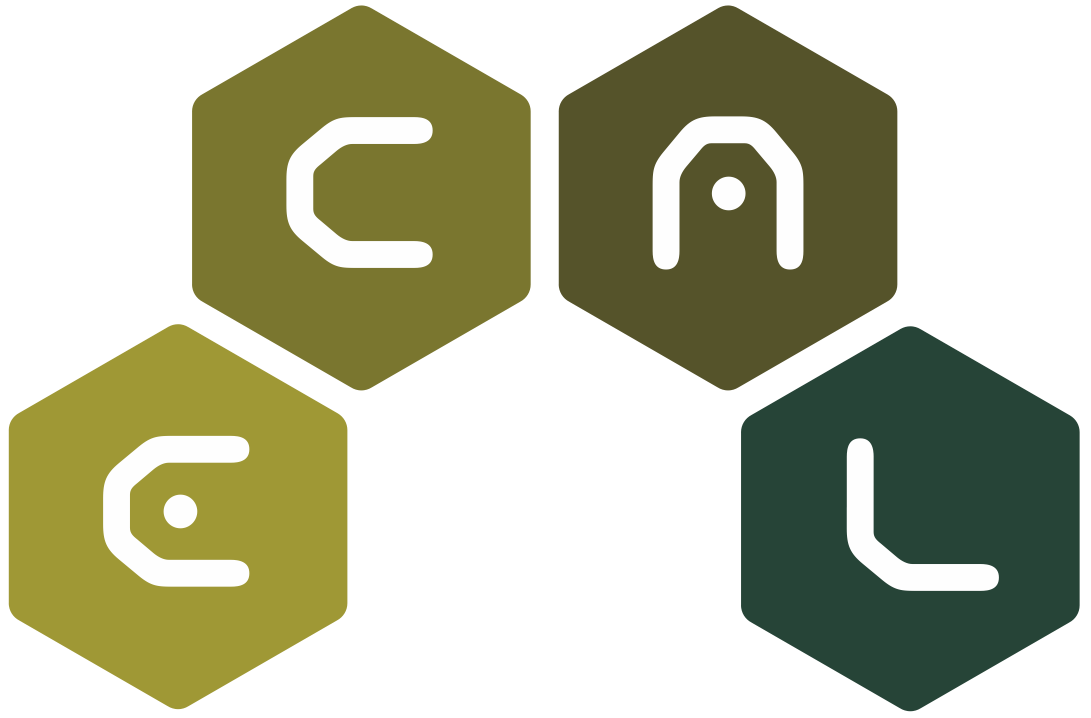Title
Multi-level evolution, differential gene mobility, and the persistence of population diversity

Multi-level evolution, differential gene mobility, and the persistence of population diversity
Full paper PDF (late breaking paper).
Only recently, the dominant role Horizontal Gene Transfer (HGT) in the evolution of prokaryotes is being recognized. Strikingly, HGT occurs orders of magnitudes more frequent than duplications, deletions, and even point mutations (Puigbo et al., 2014). This observation suggests an important role for gene-level selection for prokaryotic evolution, where novel adaptations can sweep a population on their own, while retaining background diversity (Shapiro et al., 2012). Related to this is the high diversity of antagonistic interactions even within single niches, despite the presence of isolates that are able to inhibit many other isolates (Vetsigian et al., 2011; Cordero et al., 2012). Inspired by the observation of mobile toxin genes in a background of ancestral resistance, and the surprising prescence of “superkillers” in these diverse populations, we study a two-level eco-evolutionary model of prokaryotes undergoing HGT.
We model the evolution of HGT in a two-level spatial system. Bacteria compete for reproduction space by interacting by means of toxin and resistance genes. When bacteria die, the genes remain in the environment, and have a small chance to be taken up by living cells. Whether or not this DNA is integrated into the genome is a gene-dependent and evolvable feature. We focus our observations on the evolution of this GENE MOBILITY, and how this differs for toxin and resistance genes. As new genes flux into the eDNA plane only with very low frequencies, maintaining diversity is accomplished by cycling of the genes in the pan-genome.
Although initially both resistance and toxin genes evolve higher mobility, long-term evolution results in toxin genes that are much more mobile than resistance genes. High levels of resistance renders toxin genes rarely beneficial, favouring toxin genes that prolong survival by shifting selection towards the gene-level. Resistance genes are sufficiently selected on the level of individuals, and evolve low mobility in order to avoid the costly accumulation of redundant genes. Furthermore, after the evolution of differential gene mobility, diversity is no longer decreasing. This suggests that the observed differential mobility is needed to maintain high diversity. Indeed, when the mobility of genes is set to equal values, all diversity is lost as toxin genes get extinct (data not shown). Despite frequent HGT, phylogeny adequately distincts the core-like resistance repertoires from the accessory toxin genes. Lastly, antagonistic interactions are only observed between the emergent core genomes, as has been previously observed for prokaryotes in soils and oceans (Cordero et al., 2012). In short, although our model only explicitely defines two levels of evolution, selection operates simultaneously at the gene level, the cell level, and the level of subpopulations with different core genomes. In contrast to ascribing diversification and evolution to clonal dynamics, multi-level evolution elegantly describes the observed dynamics of natural ecosystems. As an important contributor to multi-level evolution, we argue that HGT should get more attention in both biology and computer science.